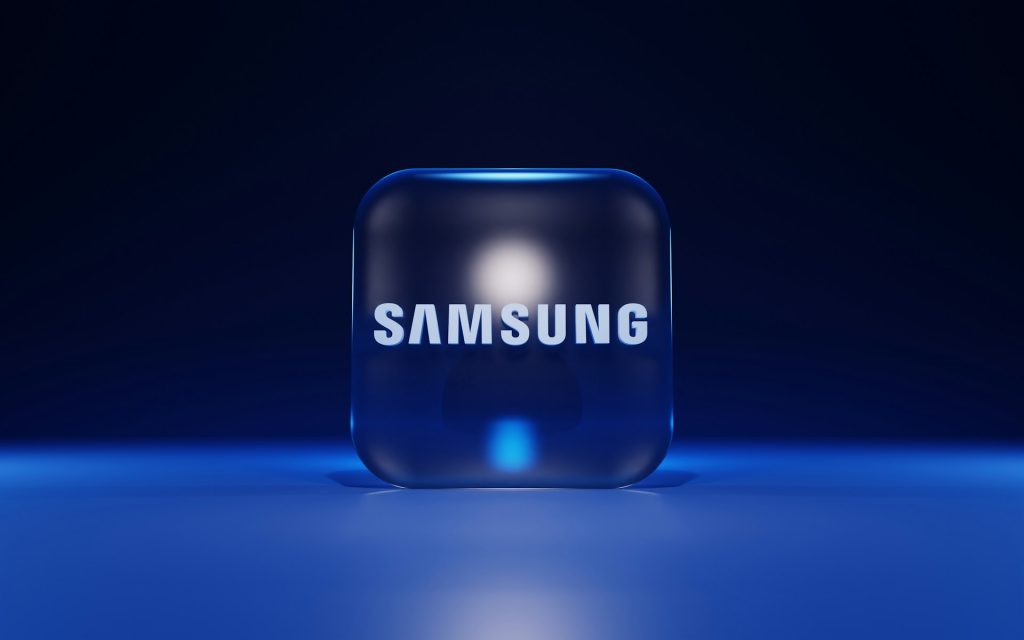Samsung’s Shifting Chip Strategy: From Budget Specs to Flagship Controversies

Samsung Electronics continues to navigate a complex global smartphone market, balancing the production of mass-market budget devices with high-stakes hardware decisions for its premium flagship lines. This dynamic is clear when contrasting the specifications of a past budget model, the Galaxy A21, with emerging, controversial reports about the processor planned for the future Galaxy S26 Ultra.
The Mass-Market Foundation: The Galaxy A21
As a case study in Samsung’s budget strategy, the Galaxy A21, released in June 2020, was positioned as an accessible device with a $250 MSRP. Built on a plastic frame and back, the phone featured a large 6.5-inch IPS LCD panel with a 1600×720 resolution.
Instead of an in-house or high-end Qualcomm chip, the A21 was powered by the Mediatek Helio P35, an octa-core processor, paired with 3GB of RAM and 32GB of internal storage. It included standard features for its price point, such as a 4000 mAh battery with 15W fast charging, a rear-mounted fingerprint sensor, and a 3.5mm headphone jack. Its “Quad” camera system was led by a 16 MP main sensor, supported by an 8 MP ultra-wide lens and two 2 MP sensors for macro and depth information.
A High-Stakes Pivot for the Premium Tier
While third-party chips like Mediatek are common in the budget A-series, the processor choice for Samsung’s premium “S” series is a far more contentious issue for the brand and its fans. Now, new reports regarding the upcoming Galaxy S26 Ultra are causing a stir among enthusiasts.
According to insider sources, Samsung is allegedly planning to use its own Exynos processor across the entire Galaxy S26 lineup—including the top-tier Ultra model. This move would sideline the anticipated Snapdragon 8 Elite Gen 5, marking the first time in four years the company has opted for an all-Exynos flagship release.
S26 Ultra Reportedly Ditching Snapdragon
For many potential customers, especially in European markets, this is disappointing news. Historically, Snapdragon variants of Samsung’s flagships have been widely regarded as the superior option, offering better performance and power efficiency. Exynos-equipped versions, by contrast, often faced criticism in direct comparisons. The prospect of the Exynos 2600 powering Samsung’s main showpiece device, the Ultra, is already generating significant concern months before any official announcement.
Ambitious Claims for the Exynos 2600
On paper, the upcoming chip boasts impressive specifications. Internal tests reportedly show the Exynos 2600 delivering up to 15% more CPU performance and a massive 75% increase in GPU power over its predecessor. Furthermore, its AI processing is rumored to be six times faster than Apple’s current top chip and up to 30% faster than the Snapdragon 8 Elite Gen 5.
According to SamMobile, Samsung may be achieving these gains through a new design that implements the modem as a separate component rather than integrating it onto the main chip. This strategy could theoretically free up significant space for more powerful CPU and GPU cores.
Lingering Consumer Skepticism
Despite these promising figures, skepticism is warranted. Many long-time Samsung users have negative experiences with previous Exynos generations, which were often plagued by issues with overheating, higher power consumption, and weaker graphics performance. It remains to be seen if the new 2-nm chip can finally overcome this troubled legacy.
A great deal is on the line for Samsung. The Galaxy S26 Ultra is traditionally the best-selling model in the premium series and represents the pinnacle of the brand’s technological capabilities. If the Exynos 2600 fails to meet the high expectations of premium customers, it could seriously damage consumer trust and leave rival Qualcomm as the long-term winner in the high-end chip market.




